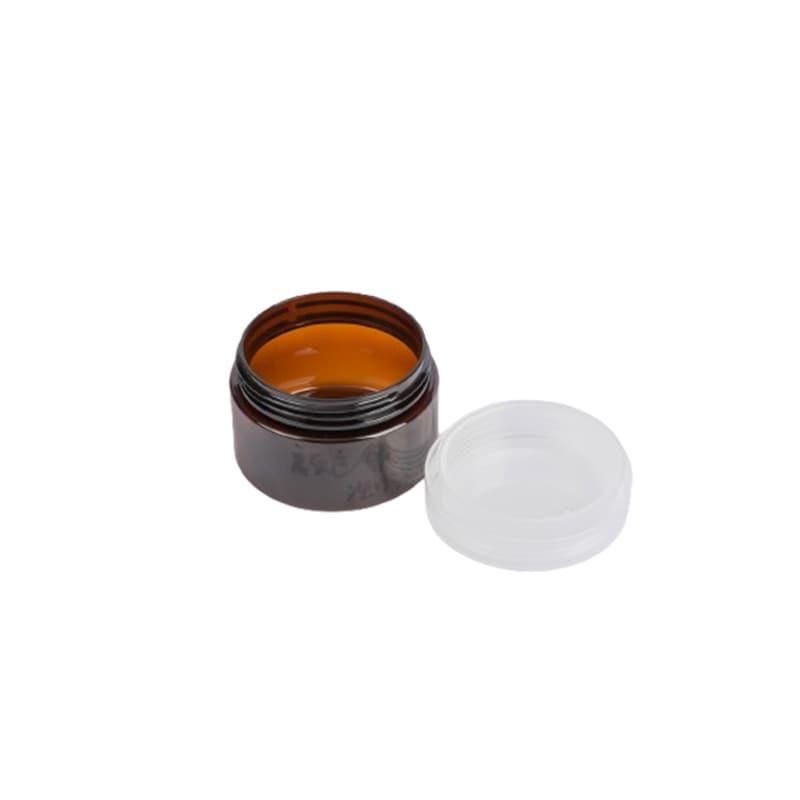Facing the goal of global carbon neutrality, the injection molding industry is reconstructing the production logic from the source. The large-scale application of bio-based plastics has become the primary breakthrough. Biodegradable materials, such as polylactic acid (PLA), are made from renewable resources, and can be completely decomposed in 180 days under industrial composting conditions after being discarded. At present, the material has been successfully used to produce disposable tableware, packaging film and agricultural mulching film, and it is planned to expand to the field of 3C product shell in the future, and its heat resistance and impact resistance will be improved through modification to meet the use requirements of electronic products.As we all know, plastic injection molding parts The emergence of the market is worthy of many people’s attention, which has aroused the waves of the whole market. https://www.tigerbrotherplastic.com/
Improving energy efficiency is another core direction. The new all-electric injection machine is driven by servo motor, which reduces the energy consumption by 40% compared with the traditional hydraulic press and improves the injection accuracy to less than 0.1%. In addition, the optimization of mold temperature control system is also very important. Using electromagnetic induction heating technology instead of traditional oil circulation heating can increase the heating speed of mold by 3 times, reduce heat loss at the same time, and the comprehensive energy saving effect reaches 25%.
Under the circular economy mode, the closed-loop recycling system of waste plastics is accelerated. Through the combination of physical recycling and chemical recycling, waste plastics can be re-granulated to produce low value-added products after sorting, cleaning and crushing; Chemical recycling decomposes plastics into monomers through pyrolysis technology, and then re-polymerizes them into high-performance materials, realizing the infinite cycle of “from plastics to plastics”. At present, this technology has been successfully applied to the regenerative manufacturing of automobile bumper, and its mechanical properties are almost the same as those of original materials.